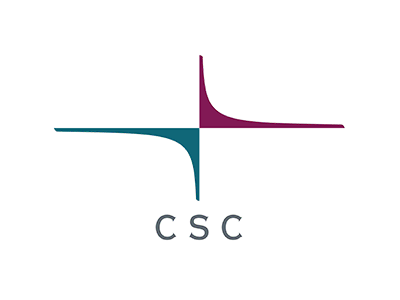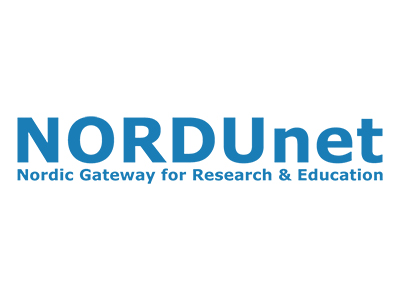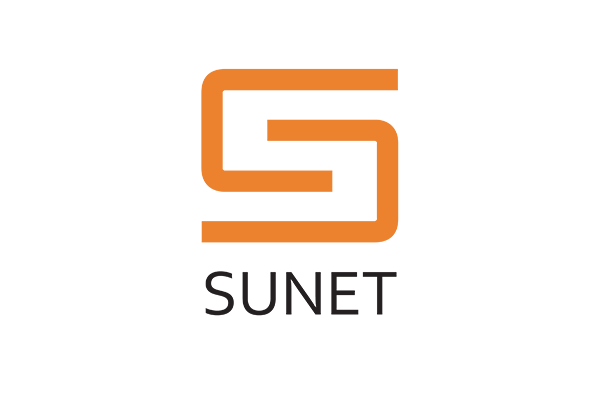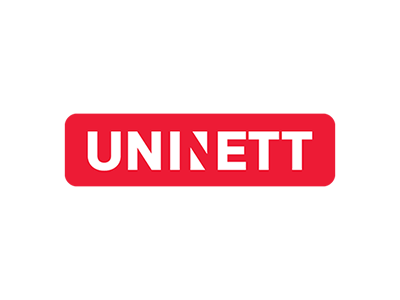
Private weather observations to be integrated into forecasting
Why should weather forecasts be based solely on observations coming from “official” weather stations, when there are millions of connected devices out there measuring surface pressure? Observations from the “Internet of things”, such as intelligent cars, phones, buildings and personal weather stations could be added to the mix, to provide even more detailed information on local to hyper-local meteorological phenomena.
Private pressure observations
That is exactly what the Nordic iOBS project is aiming at. A number of Nordic meterological institutes together with researchers from NeIC, the Nordic e-Infrastructure Collaboration, have set out to assimilate private pressure observations into an operational Numerical Weather Prediction system (NWP). If successful, this would be the first time this kind of integration has been done. The outcome would be even more fine-grained and precise regional and local weather forecasts and warnings for the benefit of operations, businesses, and society.
The iOBS project builds on previous work done by NeIC together with the Finnish, Swedish, and Norwegian meteorological institutes to combine their highly complex Numerical Weather Prediction model running on supercomputers with a cloud service, accessible to users through dedicated e-infrastructures and R&E network connectivity.
Data quality
But to successfully integrate local and hyper-local private weather observations into a Numerical Weather Prediction (NWP) model you need to be sure of the quality of the data you receive. To secure that, the researchers are going to improve, develop, and implement timely quality control algorithms for a massive amount of private observations of surface pressure using an existing data source covering the Nordic countries.
This is important because not all data sources are as precise as required. Although preliminary case studies indicate that private pressure readings could increase forecast accuracy by integrating these observations into a NWP model, a comparison between mobile phone pressure data and private in-situ pressure data shows more promise to the latter due to its stationarity. A mobile phone introduces an artificial pressure tendency when it is moving, especially vertically.
International trend
The iOBS project follows an international trend integrating private weather observations in weather forecasting. As an example, MET Norway in March 2018 introduced a massive amount of private observations in their forecast production updating the temperature forecasts every hour on a 1 km2 grid covering the Nordic countries. And the Swedish and Dutch meteorological institutes have been exploring the use of mobile phone signals to bolster street-level rain forecasts.
The iOBS project contributes to that trend by making it easier to utilize all of the collectively available weather observations in the Nordics, as well as harmonizing the use of observation processing software and tools, remove duplication and enable an efficient and robust common production system and data streams. Although the needs of the individual National Meteorological Services are similar, there is significant and unnecessary diversity in formats, file structures and local software used for observation handling and pre-processing. This fragmented data handling introduces redundancies, errors and missing observations, and the consequence is that valuable information is lost. Adapting these existing systems to new and emerging observation types and growing data volumes therefore appears to be sub-optimal, and the iOBS project is contributing to find better and more efficient solutions for this.
For more information please contact our contributor(s):




